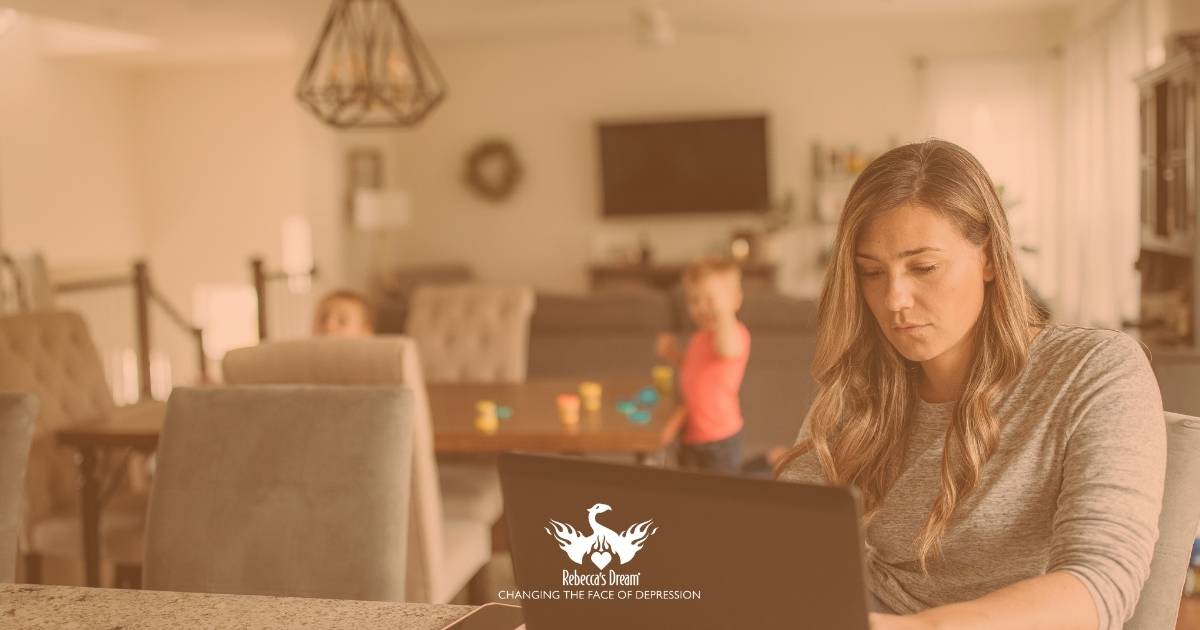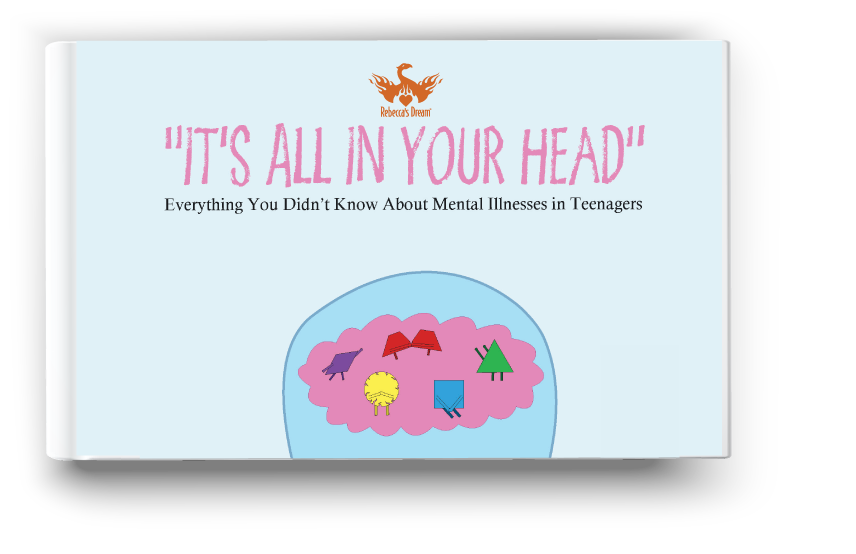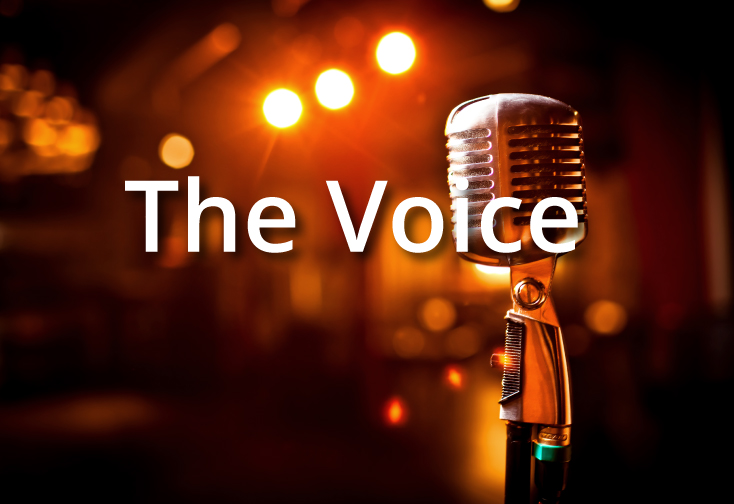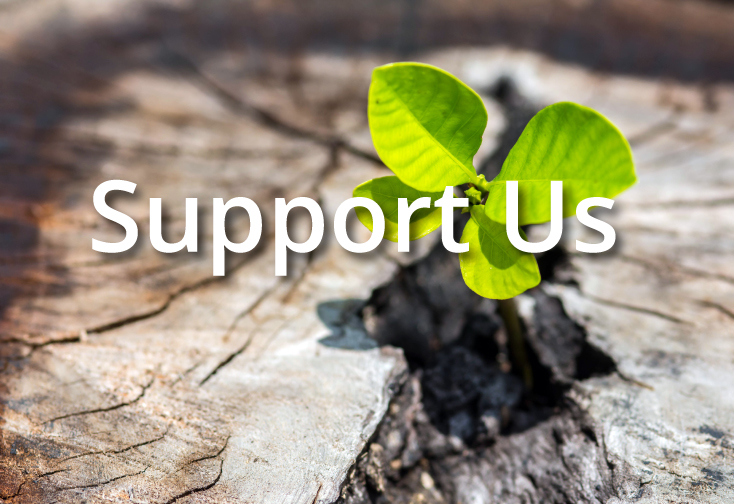Return to Office
COVID’s Impact On Us
COVID-19 forced a lot of changes for the majority of people in the country and around the world.
Perhaps the most notable change was the elimination of in-person activities, including face-to-face work for non-essential and office employees. Now, with the numbers of people receiving vaccinations on the rise, a lot of companies expect their employees to return to in-office work locations.
Whether we support the return to in-person work or not, we cannot deny that a large number of people faced with this return are very anxious about it.
Many people have spent the last year working from home alongside their children who were required to participate in remote learning as schools closed across the country and are reluctant to be separated from them again.
Working from home also has given a number of people more time to spend with their families as they no longer have long commutes, and has helped financially as they do not have the costs associated with those commutes.
Others may be anxious about returning to work environments that were perhaps not conducive to work in the first place – instances where there were problems with co-workers and poor management, for example.
Regardless of the reason for the anxiety, there are ways to cope with it. Chris Cancialosi shares the below tips in his article
“Return to work anxiety? You’re not alone.”
There are ways to cope with the anxiety of returning to work, and there are also people who can help to deal with the anxiety. Whichever method you choose to use, if you are dealing with anxiety due to returning to work or for any other reason, remember to be kind to yourself and to seek help if it is needed.
By Morgan Butler
Good morning.
Eyes up. Heart up. Minds sharp.
Compassion on full blast.
Okay, let’s go.
Lin-Manuel Miranda
“IT’S ALL IN YOUR HEAD”
Author and illustrator Marlee F. Is a teen living successfully with depression. As Marlee struggled to understand her thoughts, feelings and moods she created “IT’S ALL IN YOUR HEAD.” Marlee’s passion became helping teens easily understand they are not alone during difficult mental health challenges ~ help she wishes she had during her early years of confusion and shame.
Mental disorders don’t discriminate.
One in five teens are affected by some form of disorder severe enough to impact their daily lives.
However, with professional help and self-care most teens feel better within 4-6 weeks.

Tips & Tools
Uncertainty is an inescapable part of life, and the sooner we become more comfortable with it, the sooner we can reduce mental suffering. With the onset of COVID, there was so much more uncertainty. The more we looked at the worst case scenario, the more we fed this fear and allowed it to drive us. With the return to work, it will be helpful for you to recognize uncomfortable feelings.
It’s okay to feel scared, overwhelmed or ambivalent right now. Acknowledge those to maintain control rather than leaning into the fear and losing control. The sphere of influence exercise is perfect for those “What if” thoughts to help reduce anxiety when returning to work.
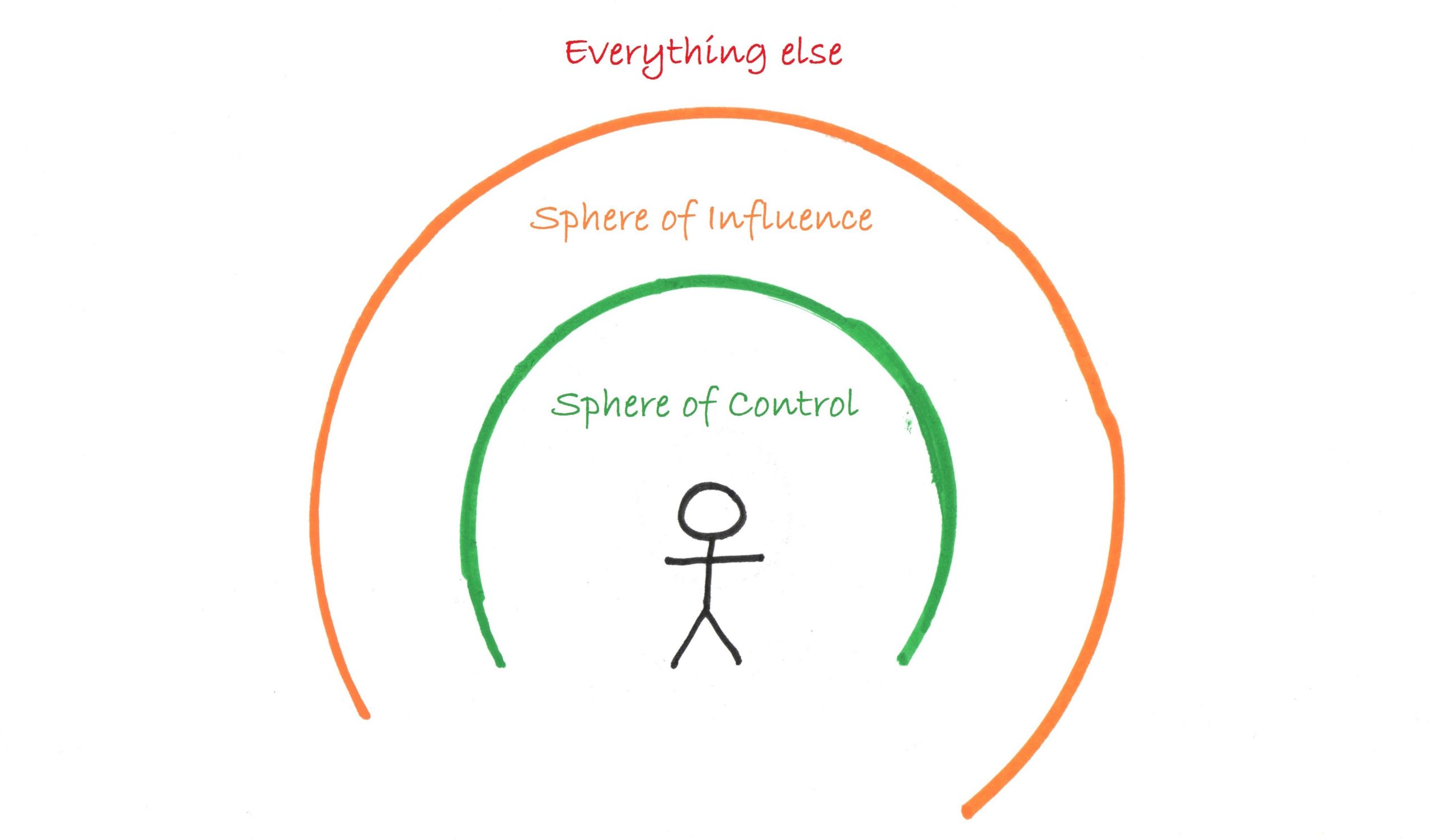
Part of avoiding “all or nothing” thinking is being prepared so you can adjust your expectations and behavior when returning to the workplace.
By Stacey Gottlieb, LCSW
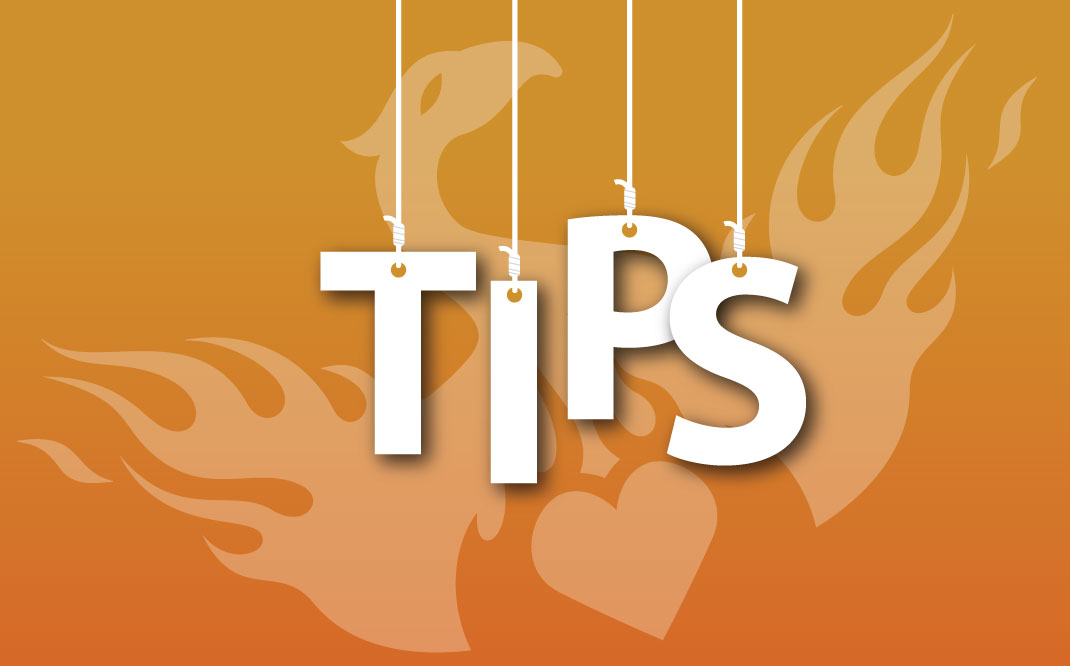
Tips & Tools
Uncertainty is an inescapable part of life, and the sooner we become more comfortable with it, the sooner we can reduce mental suffering. With the onset of COVID, there was so much more uncertainty. The more we looked at the worst case scenario, the more we fed this fear and allowed it to drive us. With the return to work, it will be helpful for you to recognize uncomfortable feelings.
It’s okay to feel scared, overwhelmed or ambivalent right now. Acknowledge those to maintain control rather than leaning into the fear and losing control. The sphere of influence exercise is perfect for those “What if” thoughts to help reduce anxiety when returning to work.

Part of avoiding “all or nothing” thinking is being prepared so you can adjust your expectations and behavior when returning to the workplace.
By Stacey Gottlieb, LCSW


